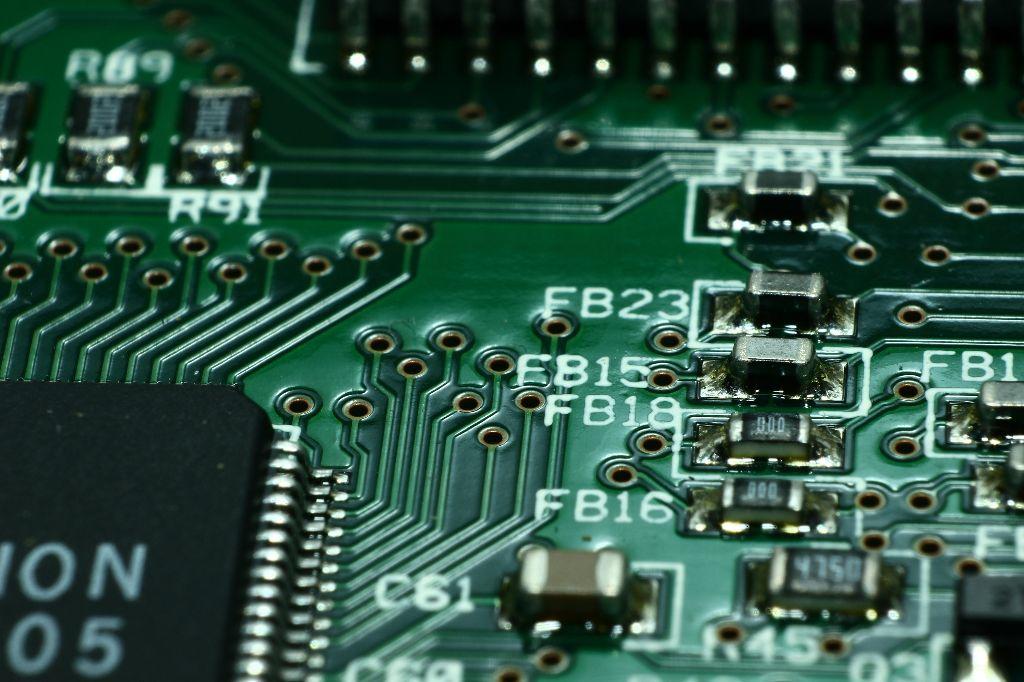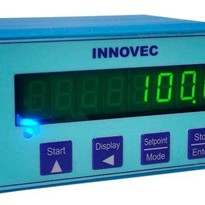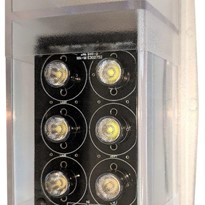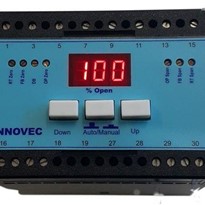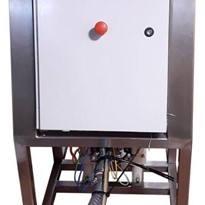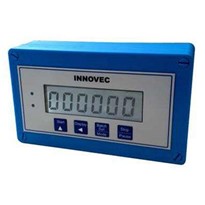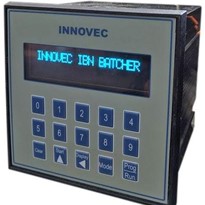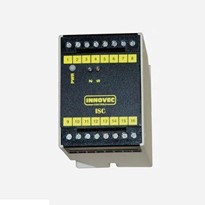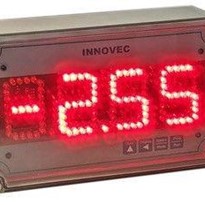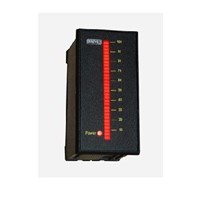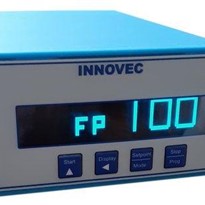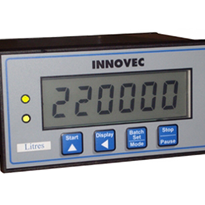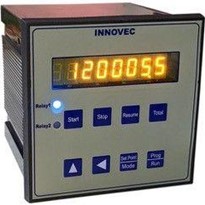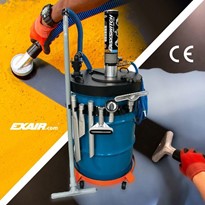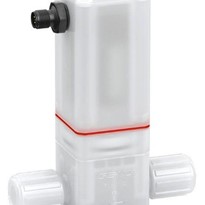What Exactly Is A Semiconductor?
A semiconductor is a special type of component used in modern circuitry, such as a microchip or capacitor. It is the perfect mix of a conductor (copper wire) and insulator (rubber or plastic enclosures). These parts are responsible for a range of features that have played an integral part in the advancement of technology, including a longer battery life or higher processing power.
How Did The Shortage Even Happen?
Since February 2020 these components have become increasingly difficult to obtain as the global supply chain has suffered. The outbreak of COVID-19 was only the beginning as some foundries had to be shut for health concerns. Although this was only a brief period of time, it started the perfect storm of unfortunate events which has now amounted to the crisis we are experiencing today.
While the pandemic unfolded and more people were forced to work or study from their homes a higher demand for consumer electronics was created. Additionally as lockdowns extended many people started driving less, leading auto manufacturers to slow down production. Far sooner than expected consumers went back on the roads initiating a lack of supply based on an unpredicted rise in demand.
2021 saw the worst drought in decades for Taiwan, which negatively impacted the TSMC (Taiwan Semiconductor Manufacturing Company) as a major supplier making up over 50% of the world market.
Despite a 19.7% increase in industry growth, it is expected the shortage will drag on into 2022 or even further. Some companies are even being pushed to buy bigger quantities at higher prices just to avoid being left behind, with some chips no longer available until March 2022.
Why Hasn't It Been Resolved Yet?
Since the chip crisis began these foundries have gone into overdrive with many now doubling or even tripling production output. However, making a new batch of microchips is not so easy, afterall they don’t grow on trees. It can take between 2 to 6 months and a lot of materials before it ends up in your devices. For example, It took TSMC over 63,000 tons of water to supply their foundries for even a day.
If the manufacturing process wasn’t an issue enough, new plants are also difficult and expensive to set up. It is estimated to cost over US$1 billion to build these facilities, with some larger foundries reporting up to 20 billion in costs. These high prices are largely due to the very unique and expensive equipment costing up to hundreds of millions of dollars, per machine.
In conclusion, whether you want to blame the shortage on the pandemic, climate crisis, or just human error, one thing is for sure. The shortage is a supply and demand issue and should be dealt with as such.
As a manufacturer of electronic instruments, we have made a range of steps to avoid delays. However, we appreciate your patience as us and many alike manage the challenges the semiconductor shortage continues to present.


